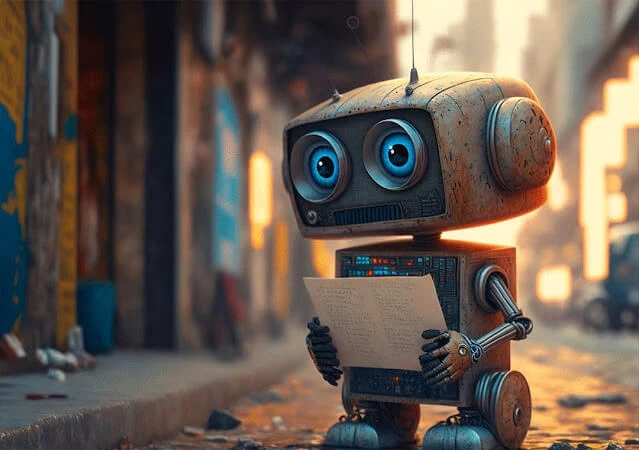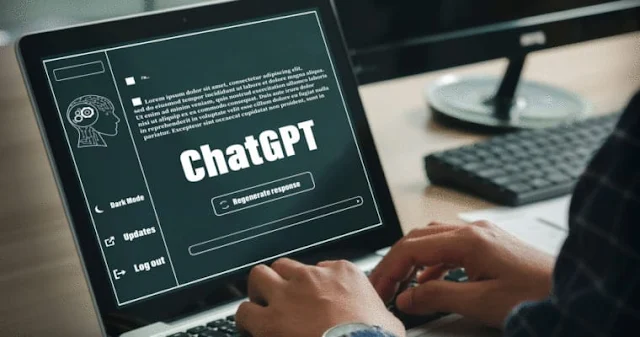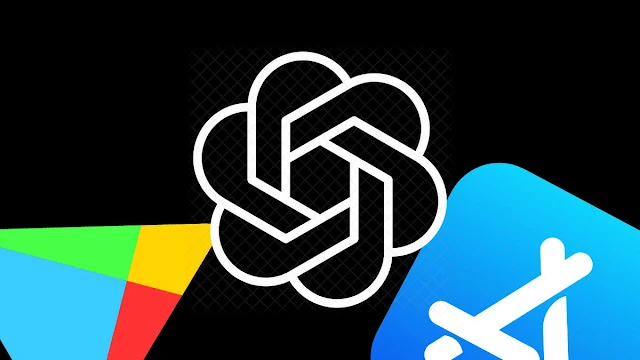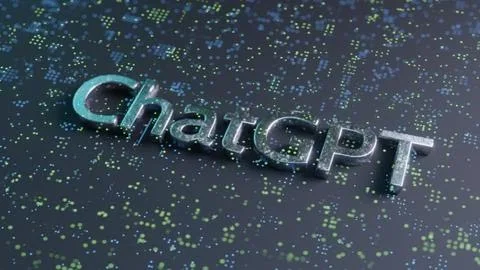Artificial intelligence has progressed greatly in the last few years, thanks to the significant increase in new software and technology creation. One of the most exciting recent findings is the development of language models, which are incredibly complicated algorithms capable of understanding and producing language that is human-like.
Over the past several years, ChatGPT has become more and more well-liked among specialists in AI and NLP. It has expanded into the biggest language model ever made, with 1.6 trillion parameters. In this blog post, we'll go through the definition, usage, and relationship of ChatGPT to natural language processing.
What is ChatGPT?
One of the major research organisations in the field of artificial intelligence, OpenAI, designed ChatGPT. The Language models of algorithms that are trained to understand and generate human-like language. ChatGPT is based on the transformer architecture, a type of neural network that has been shown to be particularly effective for natural language processing tasks.
How does ChatGPT work?
The core of ChatGPT's functionality lies in its ability to generate natural language text in response to a given input prompt. To do this, ChatGPT relies on its massive size and its training data. The model is developed using a sizable corpus of data, which consists of books, journals, and websites. By analyzing this text and learning the patterns and structures of human language, ChatGPT is able to generate new text that is syntactically and semantically coherent.
To generate text, the user provides ChatGPT with a prompt, which can be a question, a sentence fragment, or even just a few words. ChatGPT then uses its internal processing to generate a response, which can range from a simple phrase to a full paragraph or more. Because of its size and complexity, ChatGPT is able to generate text that is often indistinguishable from that written by a human.
What are the applications of ChatGPT?
- ChatGPT has a wide range of potential applications, from chatbots and customer service interfaces to automated content creation and machine translation. Some of the most notable applications of ChatGPT include:
- Chatbots: Chatbots are automated systems that can carry out conversations with users in natural language. ChatGPT can be used to power chatbots, allowing them to understand and respond to user input in a more sophisticated way.
- Content creation: ChatGPT can be used to generate content for websites, blogs, and other online platforms. This could include everything from product descriptions to news articles.
- Language translation: ChatGPT has the potential to revolutionize machine translation by providing more accurate and natural-sounding translations.
- Language learning: ChatGPT can be used to generate practice exercises and quizzes for language learners, as well as to provide feedback and corrections.
What are the limitations of ChatGPT?
While ChatGPT is an impressive technological achievement, it is not without its limitations. One major limitation is that the model can sometimes generate responses that are offensive, inappropriate, or simply nonsensical. This is because the model has no basic knowledge of social norms or context and is only based on the patterns and structures of human language.
Another limitation is that ChatGPT's responses are often quite general and may not always be relevant to the specific prompt provided. This can be problematic in certain applications, such as customer service interfaces, where users expect to receive tailored responses to their queries.
So, How can you use ChatGPT?
Many ways that companies, developers, and people are using this potent technology are listed below:
- Chatbots and virtual helpers: Chatbots and virtual helpers are automated conversational agents that may communicate with users or consumers. By using ChatGPT to generate responses, chatbots can provide more personalized and human-like interactions, improving customer satisfaction and reducing the workload for customer service teams. For example, a retailer could use ChatGPT to develop a chatbot that can answer customer questions about products, provide recommendations, and process orders.
- Content creation: ChatGPT can be used for content creation, such as generating articles, product descriptions, and even entire books. By inputting a prompt or topic, the model can generate high-quality text that's grammatically correct and coherent, saving writers and marketers time and effort. For example, a marketer could use ChatGPT to generate product descriptions for an e-commerce website or to create blog posts on a particular topic.
- Language translation: ChatGPT can also be used for language translation, by inputting a text in one language and generating a corresponding text in another language.
- Businesses who operate internationally and must interact in a variety of languages with clients or partners may find this to be of great use.
- Personal assistants: ChatGPT can be used to develop personal assistants that can help individuals manage their daily tasks and schedules. Natural language processing (NLP) and machine learning methods can be used by personal assistants to comprehend human expectations, such as scheduling appointments or creating reminders.
- Educational tools: ChatGPT can be used to develop educational tools that can help students learn and practice their language skills. For example, a language learning platform could use ChatGPT to generate text prompts for students to respond to, providing them with immediate feedback on their grammar and vocabulary usage.
- While ChatGPT is a powerful technology with many potential applications, it's important to note that it's not perfect. As with any AI system, ChatGPT has limitations and biases that need to be addressed. For example, it may generate responses that are inappropriate or offensive, or it may struggle with certain types of prompts. As such, it's important to use ChatGPT responsibly and to continue working to improve its accuracy and fairness over time.
Conclusion
A game-changing innovation, ChatGPT has the potential to completely change the field of machine learning for natural language processing.
It is one of the most complex language models ever made due to its enormous size and sophisticated processing capabilities. While there are still limitations to its functionality, it is clear that ChatGPT has opened up a whole new world of possibilities for AI-powered language applications. In future, we may anticipate even more exciting innovations as study in this field continues to advance.




